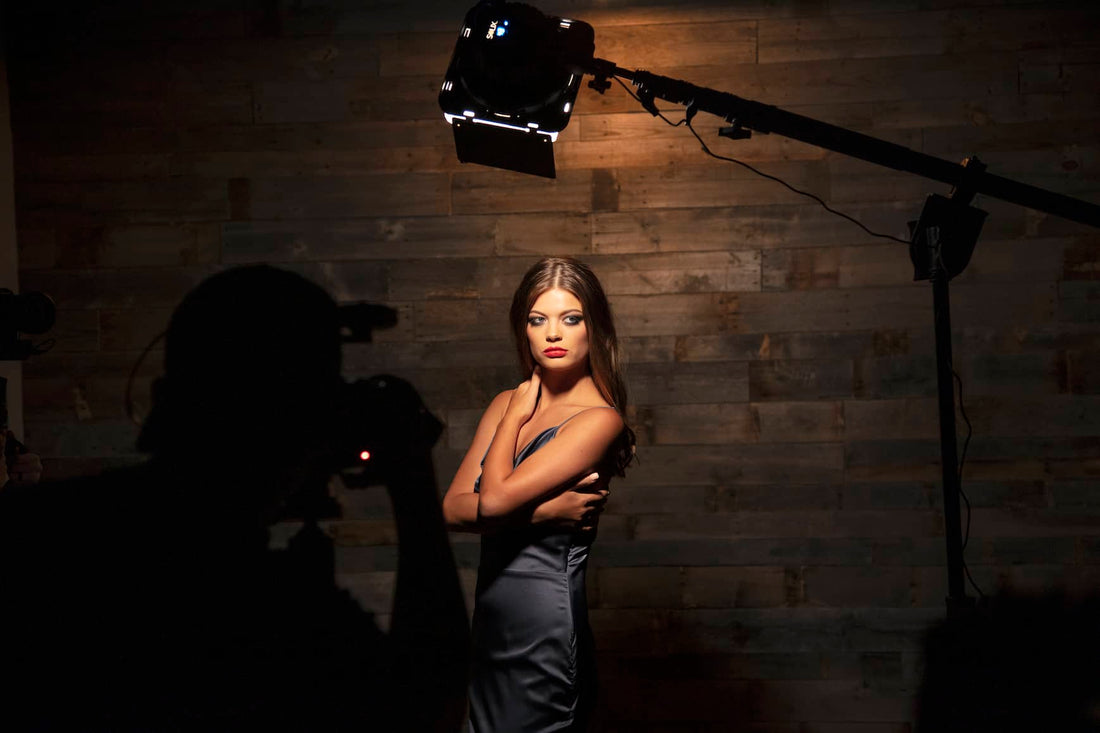
What is Ambient Light in Photography? 7 Types of Ambient Light Examples
Share
Not sure how to capture that beautiful sunlight, or deal with a blazing fireplace in your shot? You’re not alone, as these ambient light sources can be tricky to capture.
However, when done right, ambient light can produce stunning photography. From portraits to interiors, you can use it to add a cinematic touch to your photos.
Luckily, this article will serve as your one-stop guide to understanding ambient light.
Let's get started!
Ambient Light 101
- What is Ambient Light?
- How to Use Ambient Light
- 7 Types of Ambient Light Photography
What is Ambient Light?
 Ambient light can be defined as any form of light that you didn’t add to your photo. This can include both natural and artificial lighting. If that sounds like a wide range, that's because it is!
Ambient light can be defined as any form of light that you didn’t add to your photo. This can include both natural and artificial lighting. If that sounds like a wide range, that's because it is!
Natural ambient light can include things like sunlight, moonlight or fireflies. On the other hand, examples of artificial ambient light include: fireplaces, candles, string lights or lamps.
Odds are, you've likely captured ambient light photography, even if you weren't aware of it.
It's important to note that any light that you as the photographer added to, or modified for the shoot is not considered ambient light. However, there can be a grey area between the levels of modification that would still constitute ambient light.
In general, keeping the unintended light in the shot as un-edited as possible will be the best way to capture true ambient light. Though, there are important tips and tricks to capturing amazing ambient light shots.
After you learn about the ambient light definition, this comes next:
How to Use Ambient Light
Instead of fighting against ambient light, use it to enhance your photography! From creating atmosphere to balancing the light in your shot, ambient light has many uses.
You can even create unique effects that you otherwise wouldn’t be able to. Think about the brilliance of shooting at sunset or sunrise.
And the best benefit? It’s everywhere! Outside or inside, you can find ambient light wherever you go.
With that said, here are a few ways you can use the ambient light around you to the benefit of your photography.
Setting the Mood

Ambient light can be a great way to set the mood. Want a cool, wintery shot? Try taking a shot when the sun is just barely peeking through the clouds.
Likewise, as shown in the example above, you can also set the mood with artificial light. Candles and fireplaces can be a great way to warm up a space, whereas neon lights can create a cool atmosphere.
In fact, ambient lighting can be used to create several kinds of atmosphere. From mysterious and dreamy to harsh and dark. It all comes down to the type of lighting you choose to capture.
Ambient Photography and Flash
Mixing flash with ambient light is all about balance.
Make sure you balance your distance from the subject, and take some test shots to figure out the best exposure. This might take some finesse, you don’t get too frustrated.
Avoid drowning out the natural mood of the ambient light, or creating stark shadows.
And remember that ambient light can be fleeting. If the light fades before you get that perfect shot, try moving around and don’t give up!
When you’re packing up your camera backpack, be sure to include some extra speedlights so you can add some edge lighting (or fill lighting) to your subject.
The Voyager backpack features a ton of storage space for your camera gear, including your lenses and accessories.

Flushing out the Darkness

When working with interiors, it can be hard to capture the detail of those dark corners. Fortunately, a well lit lamp or overhead light can do wonders to brighten up your shot.
When taking interior photos, don't be afraid to use the ambient lights available to lighten up dark spaces. You might even find that you can capture interesting details you didn’t see before, or that the composition of your shot feels completely different.
You’d be surprised what small lighting changes can do!
Lighting for Portraits

While studio lights in a controlled setting are easy to work with, that doesn't mean you can't capture amazing portraits with ambient light photography.
In fact, backlighting or window light can create beautiful portraits. You can give your model's hair a lovely glow, or capture her face in the natural light.
Spontaneous Shots

Ambient light can give you sudden opportunities that you weren't expecting. Just think, the clouds parted and you suddenly have a beautiful ray of light illuminating the landscape.
In this case, you'll want a camera bag that can effortlessly carry all your equipment, and is easy to access. Luckily, you'll get all that and more with The Voyager camera bag.
With it, you can stop right where you are and be ready to grab what you need to take that perfect shot.
7 Types of Ambient Light Photography
As mentioned in the ambient light definition, there is a nearly endless amount of ambient light out there to capture. However, different types of lighting will have unique effects on your ambient photography.
Cool, right?
So whether you're looking to spice up your photography with stunning sunset silhouettes, or looking to add some interest to your interiors, you can use ambient light photography. All you need to do is know what you're working with.
Let's dive in!
Backlight
 Backlight is any ambient lighting that occurs behind the subject, and can be an amazing addition to portraits, cityscapes and more.
Backlight is any ambient lighting that occurs behind the subject, and can be an amazing addition to portraits, cityscapes and more.
Backlighting creates stunning silhouettes. However, achieving them can be a tad tricky.
To create an effective silhouette, you need to be aware of your positioning. First, place your subject between yourself and your light source. If the light is strong enough, you should have a striking silhouette when you expose the background.
And avoid overlap! Too much overlap can detract from the sharpness of your subject's shape, which will take away from the silhouette.
For backlit shots, try using a shutter speed between 1/100 and 1/640 and a wider aperture between f/1.8 and f/5.6. These settings will likely give you the best results, but don't be afraid to experiment.
Additionally, backlighting will allow you to play with the atmosphere. Smoke, clouds or dust can all appear to have a soft glow when backlit. Don’t be afraid to capture these effects, but be sure to bring a lens cloth with you to avoid dirtying your camera.
Window Light

Window light can be a great way to highlight a subject against an otherwise dim background. You can use it in portraits, food, still life and more.
The directional nature of window light creates a three-dimensional look that can really enhance your shot. Try positioning your subject around to capture the perfect amount of lighting.
Another thing to keep in mind when photographing window light is to expose for your subject's highlights. This will give your lighting far more depth. And, if you sense that your shadows are getting too dark, add a reflector to the opposite side of the window.
Door Light

Similarly to window light, door light can provide interesting interior light effects.
The light that enters through the door will often bounce off the ground, as there is nothing to block it. For instance, you can use it in the middle of the day when the sun is high to capture a beautiful, penetrating light.
With that in mind, you can use door light to fill shadows from top to bottom.
Top light

Ever wondered why that one overhead light in a horror movie has such a profound effect?
Well, in general, top light can create dramatic interior scenes, as the light will contrast with darker surroundings. After all, a stark beam of light directly above your subject allows for an air of mystery.
If you're looking to set a more dramatic, darker mood in your hot, try using top light. Just be careful not to overexpose the light.
Direct Light

There's nothing like a direct splash of sun to illuminate your subject. Luckily, finding direct ambient lighting isn't difficult. All you need to do is ensure that there are no obstacles between the light source and your subject.
In the case of the sun, the light rays will all go in the same direction and hit your subject head on. You'll know you have direct lighting when there's a hard shadow projected from the subject. In addition, you'll notice the sharp contrast between highlighted areas and shaded ones.
Direct light can be a great way to emphasize your subject, and is especially useful for creating hard lines and shadows.
Golden hour light

Golden hour is that special time of day right before sunset or sunrise. This type of ambient lighting is prized by most photographers, as it creates incredible effects.
Golden hour photography is well known for making photos appear softer, warmer, and gives them a golden glow. Light during this time is also highly directional, making it easy to apply various creative effects. Be careful with those long shadows though!
Make sure you plan ahead before shooting, as you'll only have a short window of time. Think about bringing a portable power bank, to ensure you’ll be able to put that small window of time to use!
You can also play with different apertures, and feel free to bump your ISO once the light starts to drop.
Cloudy daylight

Even cloudy days can provide unique and interesting lighting conditions. In fact, cloudy daylight is especially useful for creating a cool or mysterious atmosphere.
Whether you're shooting a landscape or a portrait, ensure that you bump your ISO up (try between 400 and 800). You can also widen your aperture or reduce your shutter speed if you find that the lighting isn't quite right.
Also, if the light shining through the clouds is faint, think about adding a splash of color to your subject. A red barn or pink shirt will certainly stand out amongst cloudy sky.
Up Next: The Best Flash Photography Tips and Techniques
Now that you know how to capture ambient light like a pro, let us know in the comments what your favorite ambient light source is. Then, get out there and start shooting!
And, if you want to know more about flash photography, check out our article on flash photography tips and techniques!

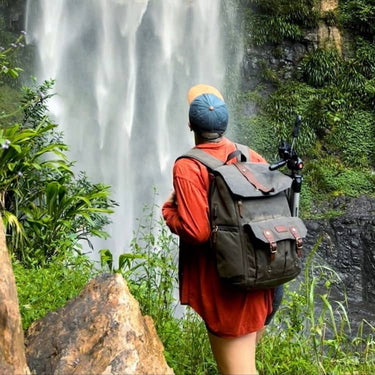
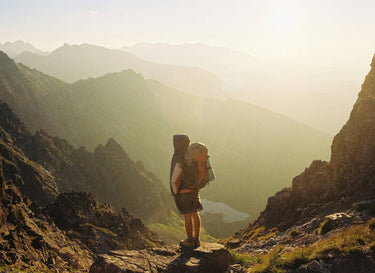


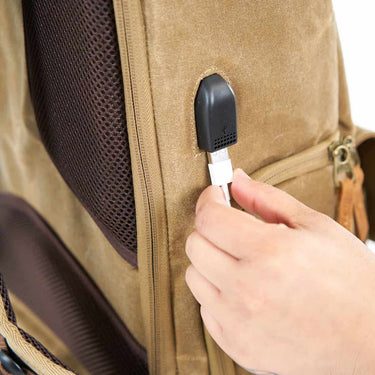
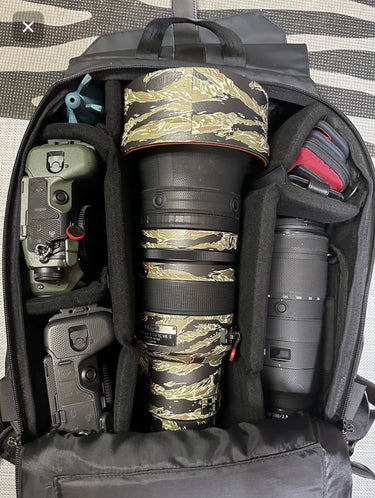
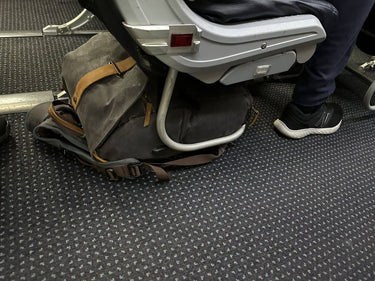



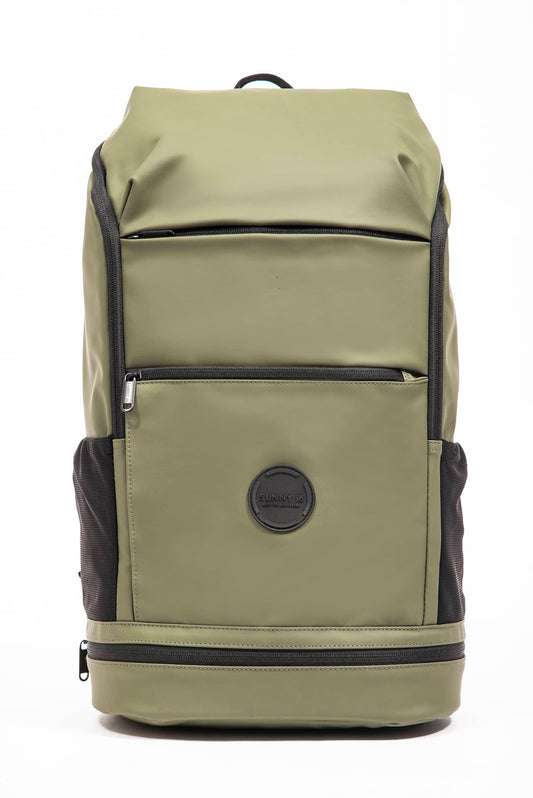
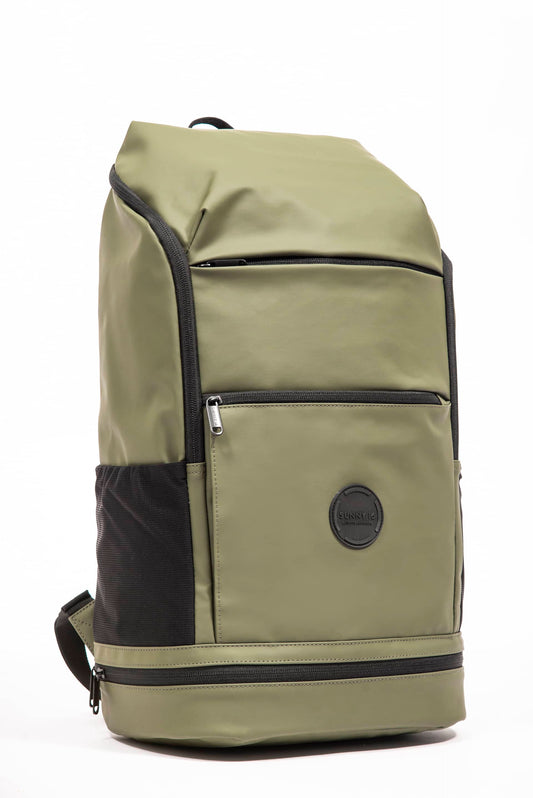
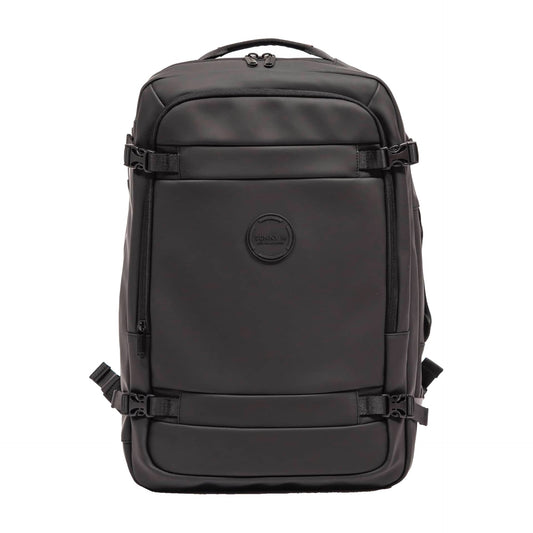
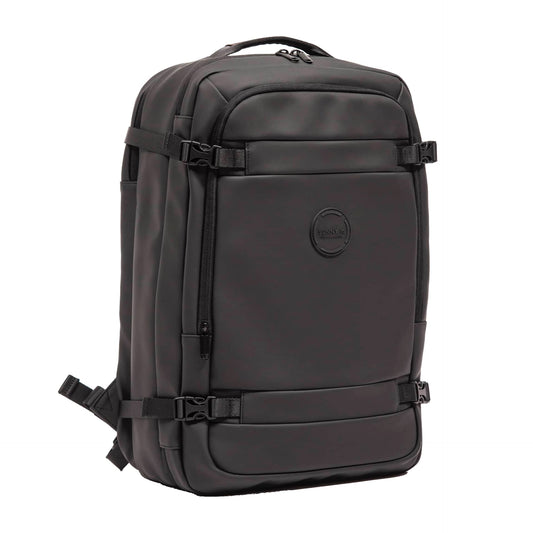
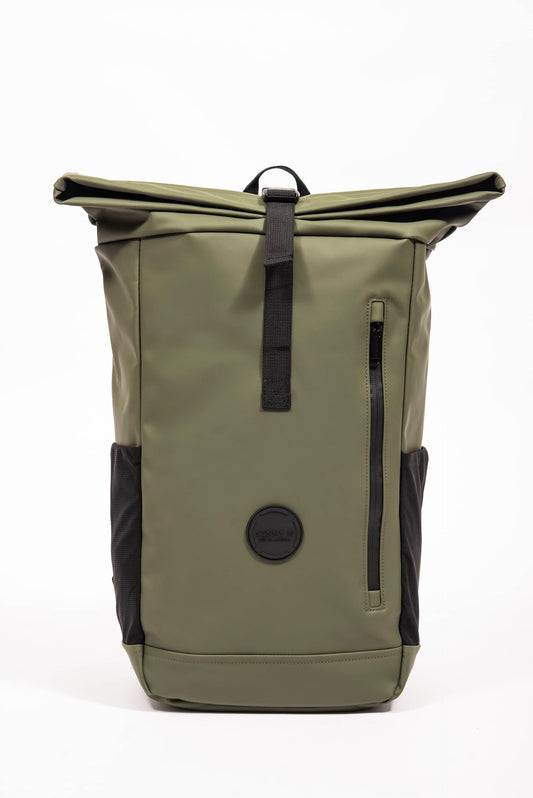
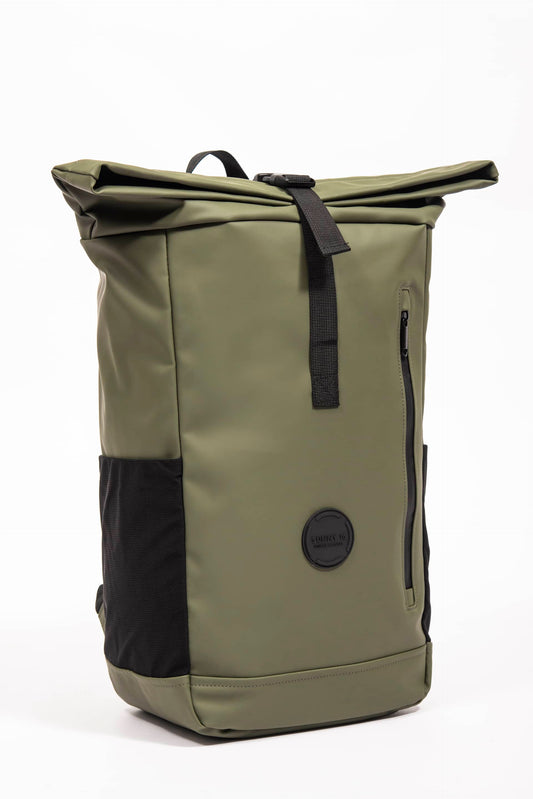
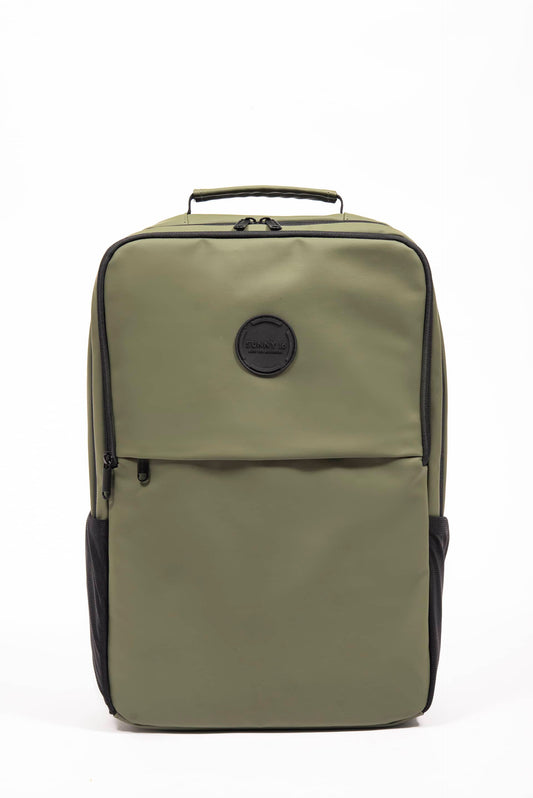
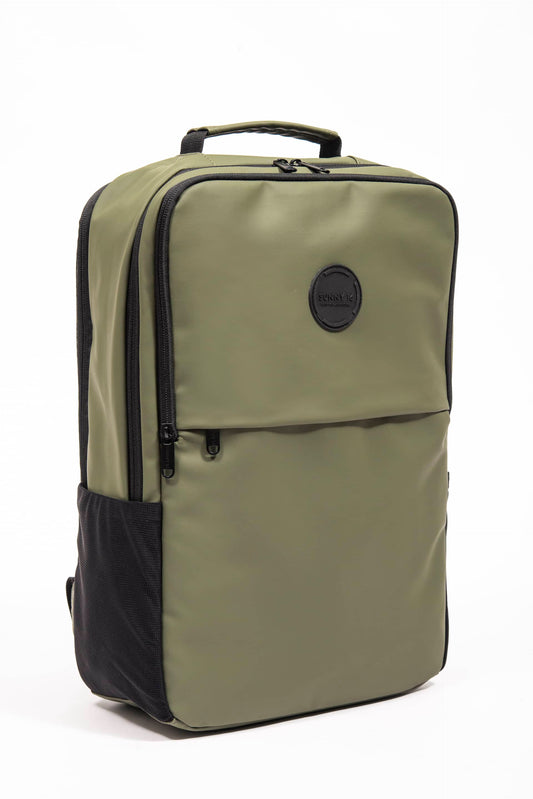
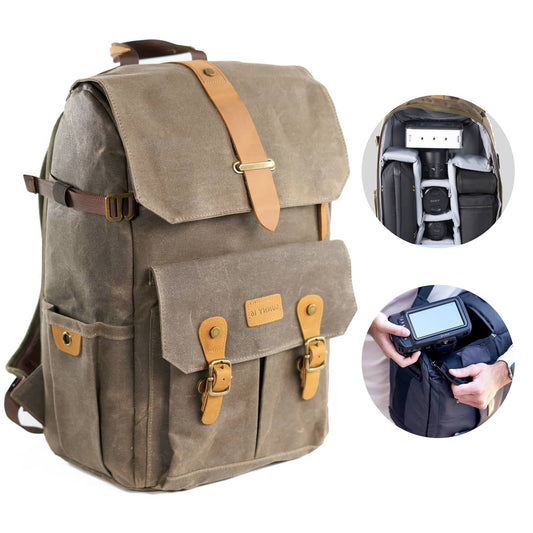
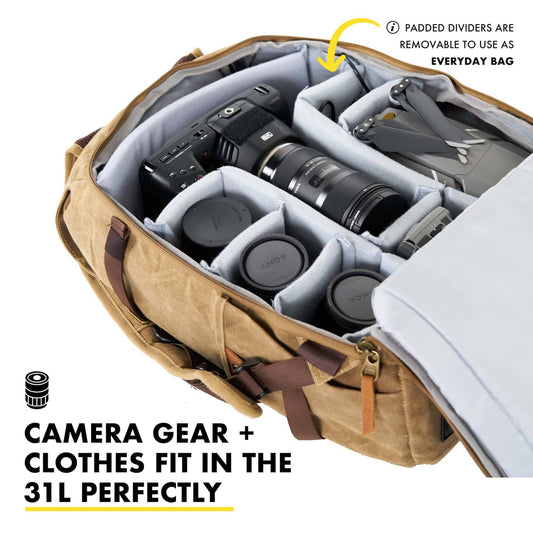
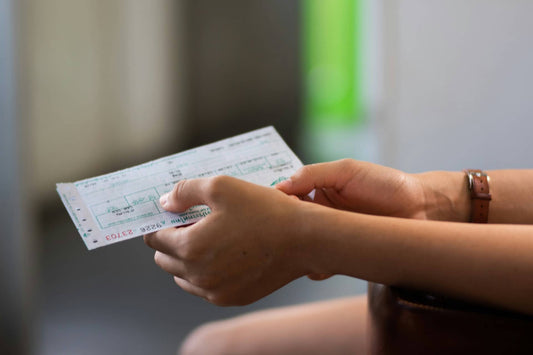
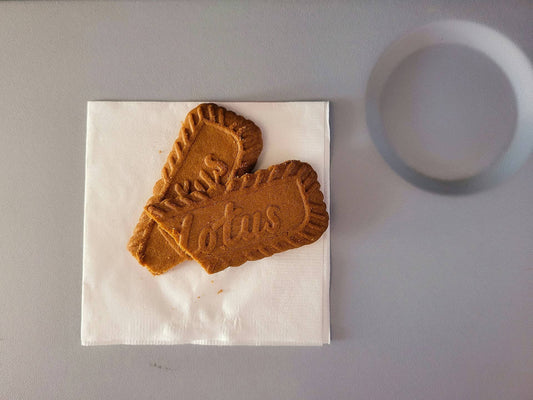




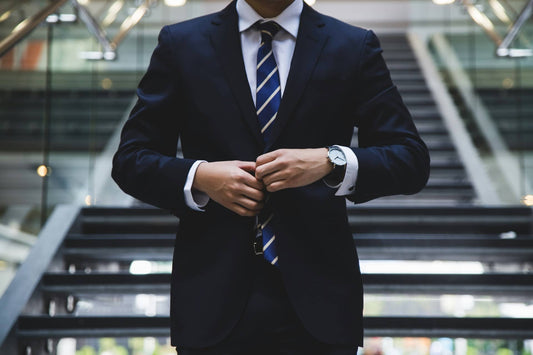
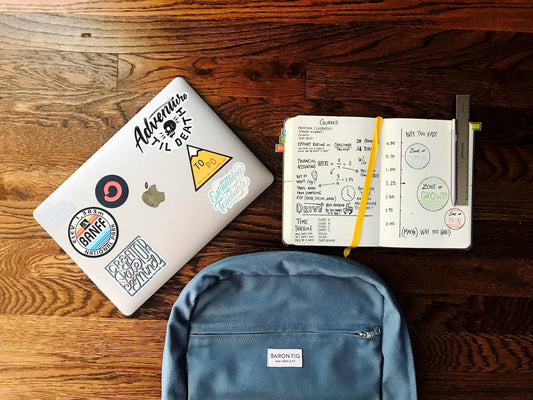

1 comment
Good job